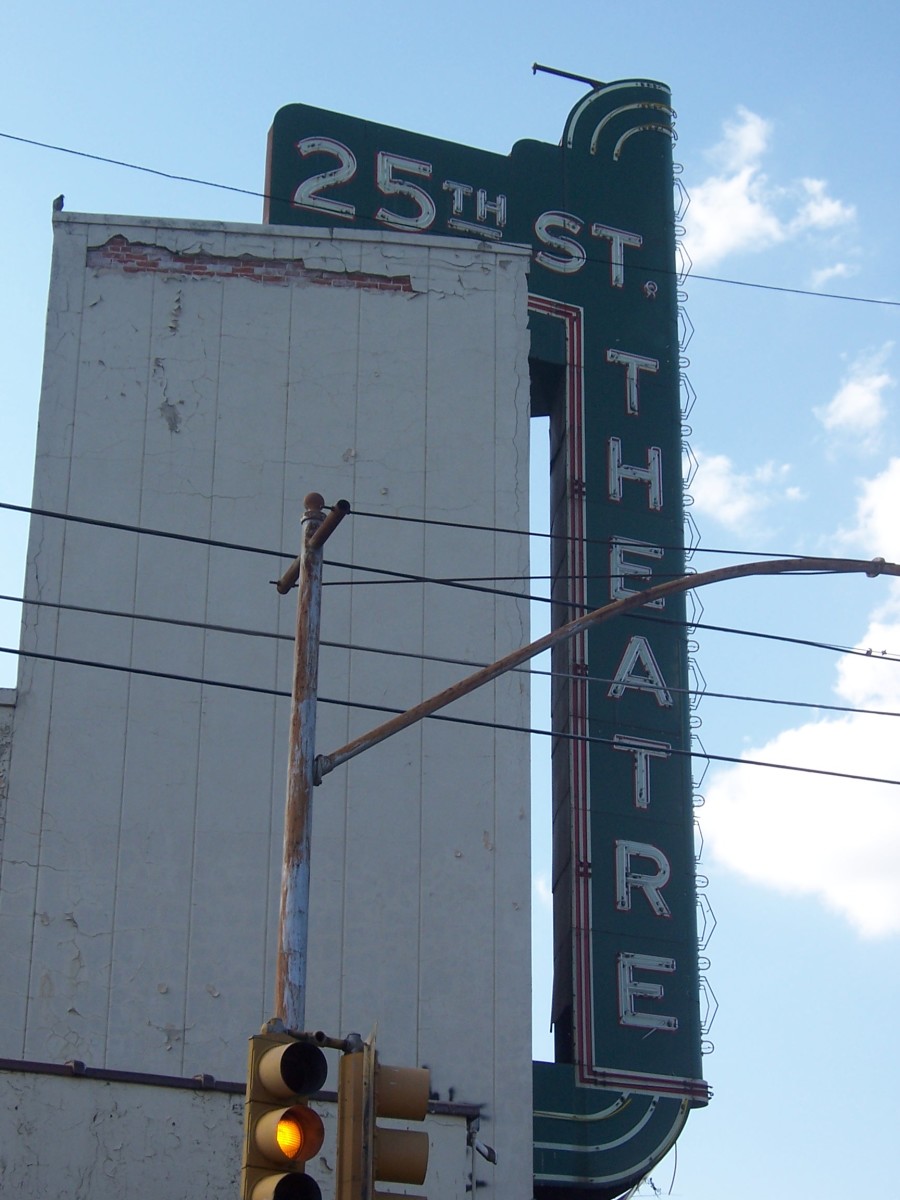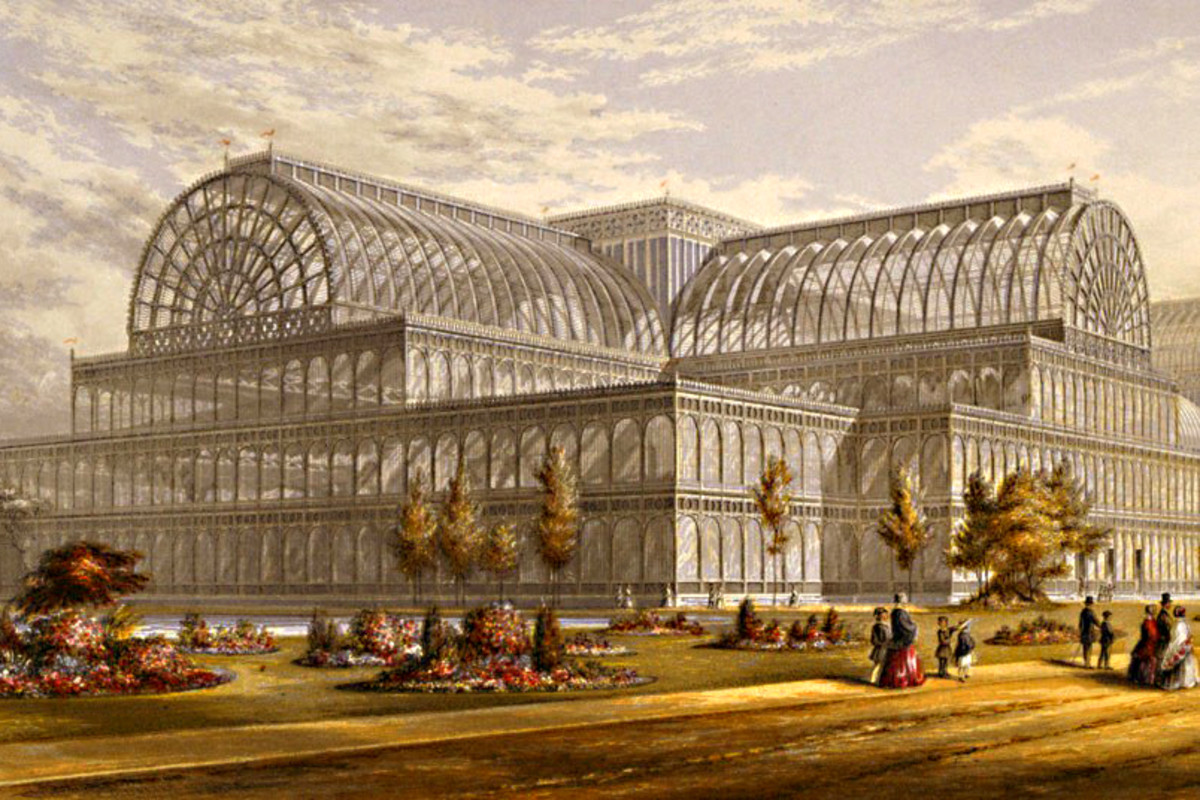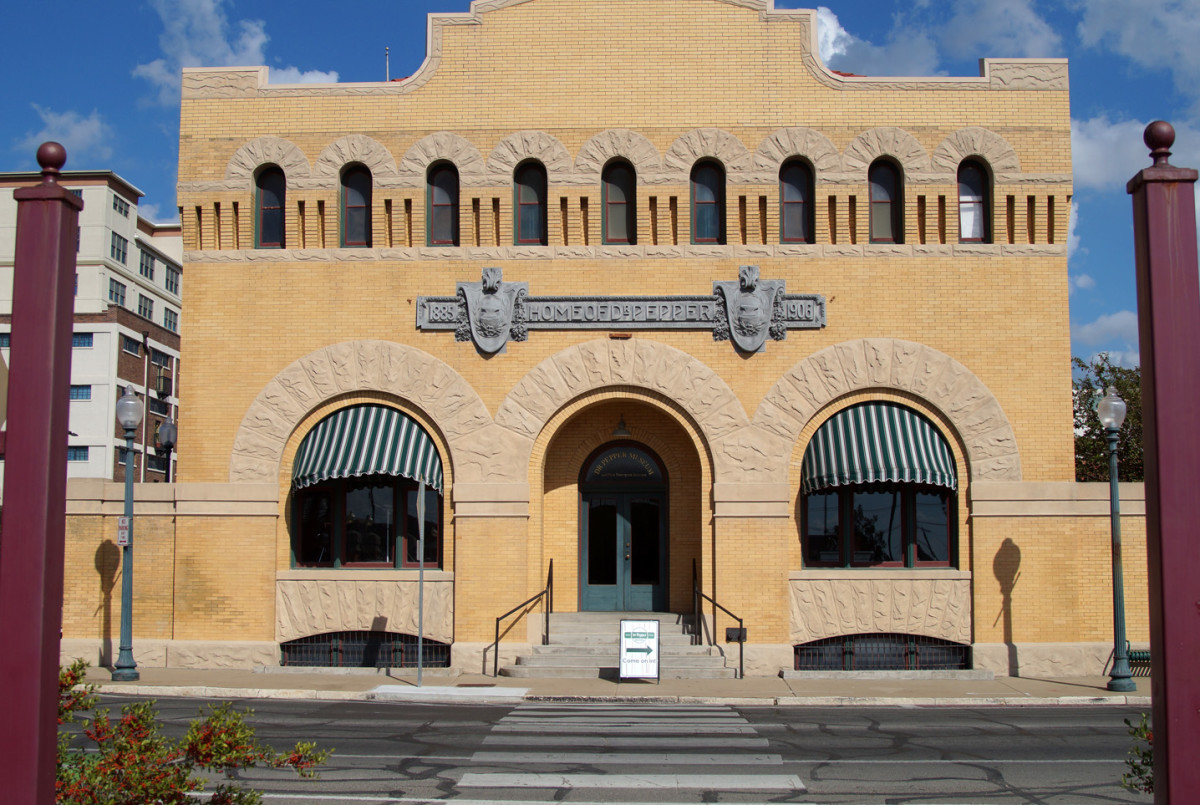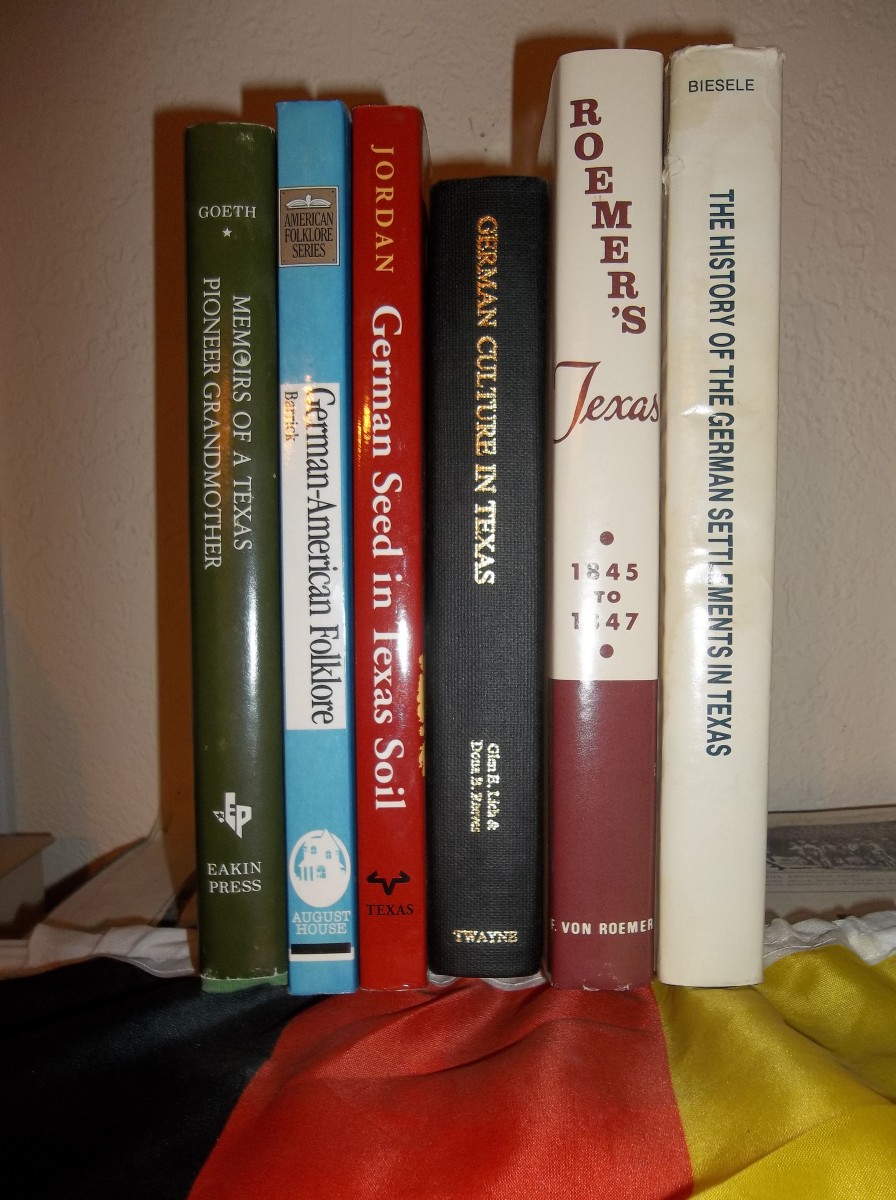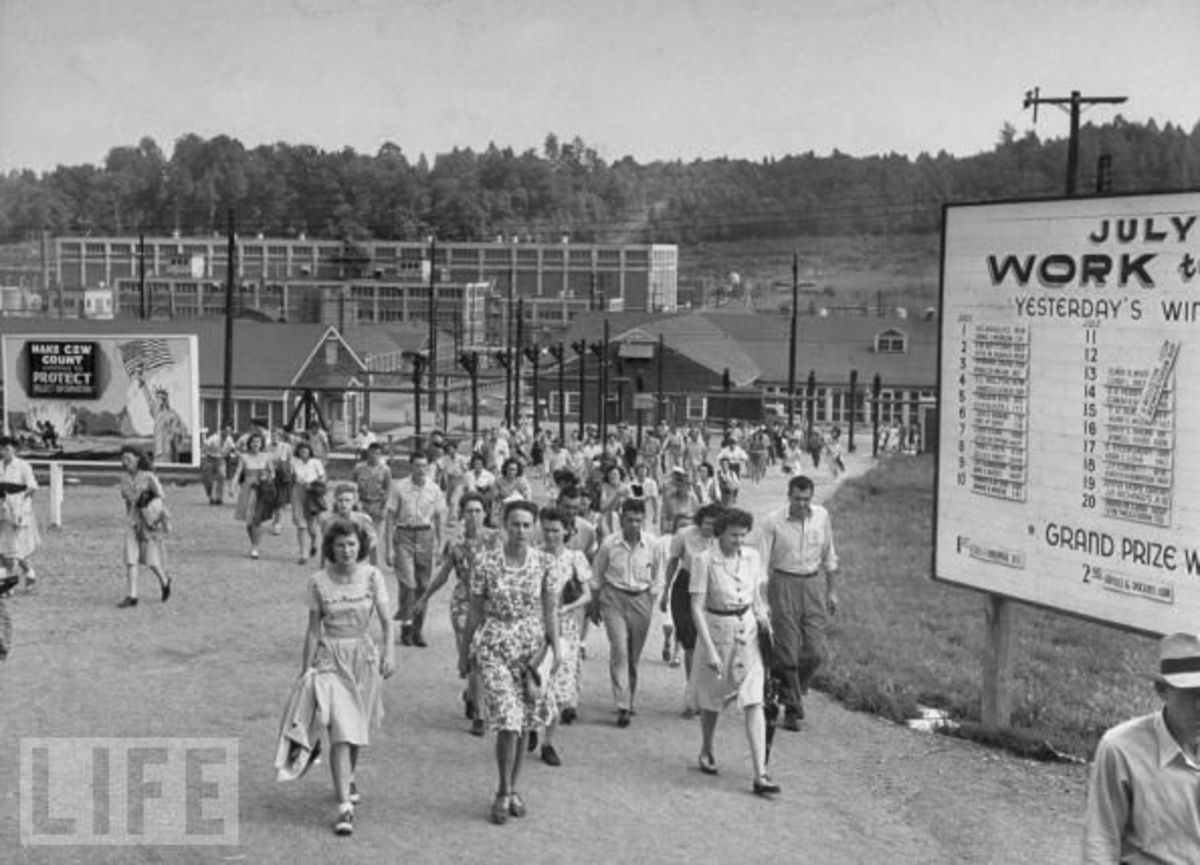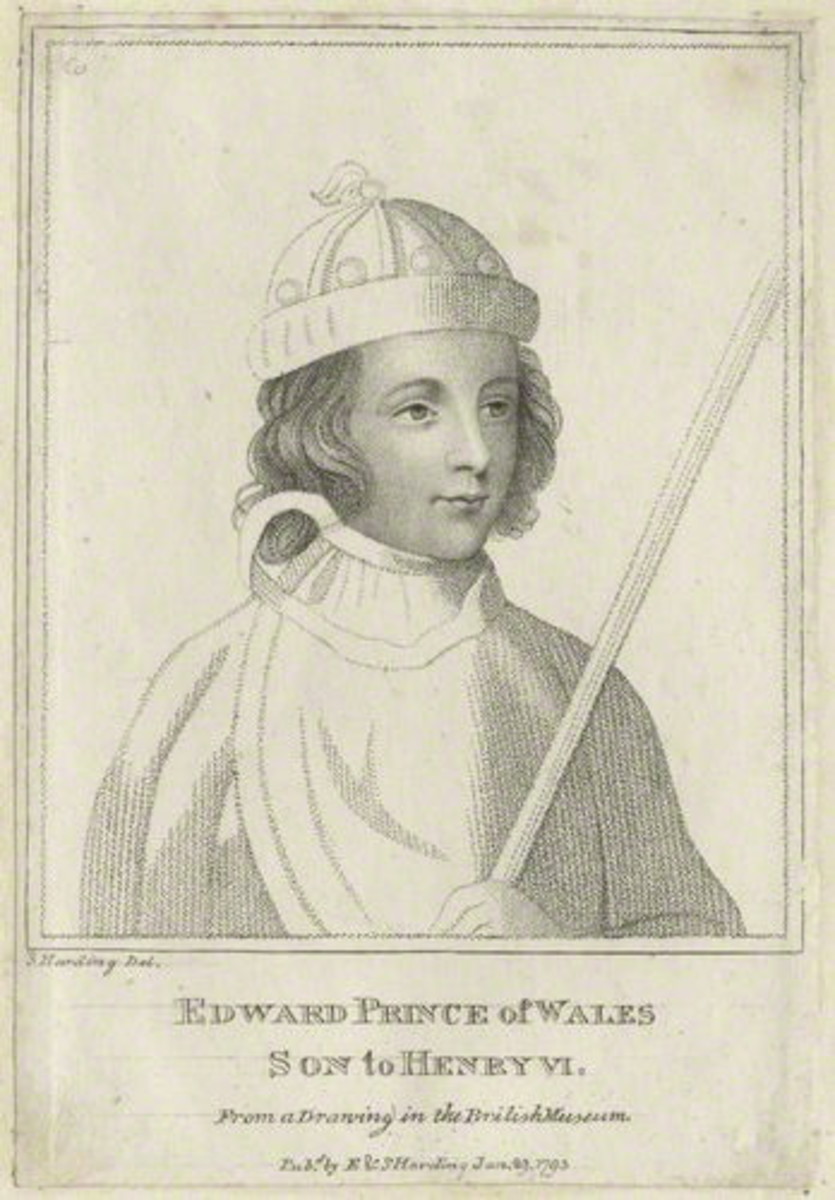When Cotton Was King-The Waco Texas Cotton Palace
Just imagine it.
In 1890, Waco was larger than Dallas, Ft. Worth and El Paso.
Waco owes it's explosive growth to several things. One of which was the famous Waco Suspension Bridge , the largest single span bridge in the United States . Another contributing factor to Waco's population was the Waco Tap Railroad which tapped into the Houston and Texas Central Railroad from Houston to Dallas .
Cotton, known as "white gold" in those days, soon became the most important factor in determining Waco 's future. The invention of the steel breaking plow allowed planting in the rich Blackland prairie. Farmers from a hundred miles away would bring their cotton to Waco to be ginned. This lead to cotton buyers springing up with offices in Waco and they began shipping cotton by train to port cities like Galveston and New Orleans, to then be shipped on to Europe , South America and India.
By 1884, with about 12,000 people living in Waco, an estimated 50,000 bales of cotton, 900,000 pounds of wool and 500,000 pounds of hides were being shipped annually through Waco.
With other cities hosting fall festivals, a group of Waco residents wanted to find a way to capitalize on this influx of commerce and have a little fun doing it. An idea was born.
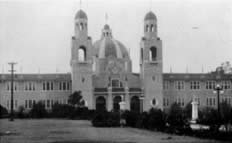
The Cotton Palace Exhibition in 1894
In 1894, Waco residents raised the money to build an exposition hall with seating for 5,000. On November 8, 1894 , Texas Governor James Hogg was guest of honor on opening day of the month-long Cotton Palace Exhibition. This first event included a parade, agricultural exhibit, amusement area, orators, and musicians. It drew in visitors from all over the state and was a huge success.
However, just six weeks later, tragically, the building burned.

Population Growth Stats for Waco
- In 1859 - 749 people
- In 1870 - 3,008 people
- In 1880 - 7,295 people
- In 1884 - about 12,000 people
- In 1890 - 14,445 people
- In 1900 - 20,686 people
- In 1914 - about 35,000 people
- In 1930 - 53,848 people
Rebuilding the Cotton Palace
In 1910, the Texas Cotton Palace was re-established and the building re-built. There were separate buildings for automobiles, poultry, cotton, flowers, and machinery exhibitions.
Each year the exhibition became more elaborate. Costumes for the event were made in New York and France. Debutantes from all over the state came to Waco to compete for the Queen and her court. They crowned the King and Queen annually.
The Great Depression era saw smaller crowds (only 350,000 in 1930) at the Exhibition and the 1930 exhibition saw rain that kept the crowds away. The Clay Street Texas Cotton Palace closed on October 19, 1930. That location had seen 8 million visitors. The annual record of visitors was in 1918 when they had 547,242 people attend. November 3, 1923 holds the single day record of 117,208 visitors.
In 1970, the Texas Cotton Palace was once again revived by residents of Waco and still operates annually.
Today's version of The Waco Cotton Palace is an energetic stage production that recounts the history of Waco . The colorful two-hour stage show features local residents who use drama, song and dance to chronicle the history of Cotton Palace.
Other Hubs by KCC Big Country About Central Texas
- 1953 Waco Tornado
On May 11th, 1953, a tornado struck downtown Waco, Texas at 4:36 p.m. The tornado was over two city blocks wide. With employees preparing to leave work for the day,... - Bernard Rapoport Receives the Franklin D. Roosevelt Distinguished Public Service Award
Read about central Texas millionaire and philanthropist Bernard Rapoport! - Texas Trivia
I sometimes take it for granted that everyone knows the things about Texas that I do. I'm a native Texan and I've grown up all my life hearing about all the things that make Texans proud. We spend entire... - Hemisfair & HR Pufnstuf
I was a child of the 60s and was raised in central Texas. I remember hearing a little bit about the World's Fair being held in San Antonio in 1968 but attending something like that was out of the question for... - Madison Cooper and Sironia
Meet Madison Cooper and learn how his 2 volume-set "Sironia, Texas" made literary history in the 50s. - The Texas Horny Toad and The Legend of Old Rip
The Texas Horned Toad (Phrynosoma cornutum), known more commonly as the Horny Toad is a federal category c2 threatened species lizard. The horny toad is flat-bodied and looks more ferocious than he is. His... - Waxahachie, Texas-Haunting Good Fun!
Waxahachie is a town located about 30 miles south of Dallas, Texas. If you're ever anywhere near the area, it is worth a visit. On our visits there we have found the following sites to be of particular... - Zeebo the Clown
Bowen "Bo" W. McClellan entertained central Texas children in the 1950s and 1960s by transforming himself into "Zeebo the Clown". - The Crash at Crush-The Staged Train Wreck of 1896
Learn about the staged train wreck of 1896 in central Texas just north of Waco. - The Von Erichs-Fame and Tragedy
They were hard-bodied, golden-haired, bare-chested hunks of Texas men. Their real name was Adkisson. Their stage name was Von Erich. Fritz and his handsome sons Kevin, David, Kerry, Mike and Chris were... - Top 10 Weird Off-Beat Places to Visit in Texas
If you're looking for some wacky fun around Texas, this Hub is for you! Complete with videos for each of the 10 locations!
Links to More Information about Waco and the Cotton Palace
- Waco, Texas on Wikipedia
- Handbook of Texas Online - COTTON PALACE
- More Waco History
- Waco in 1886
- Handbook of Texas Online - WACO, TX
- Texas Cotton Palace, Waco, Texas.
Texas Cotton Palace, Waco, Texas: travel and images.

